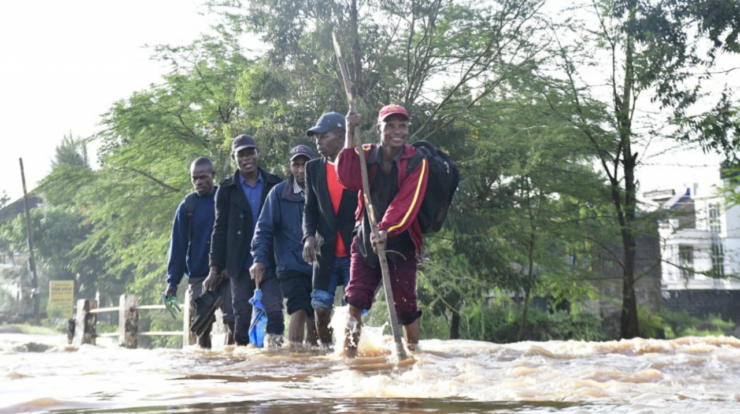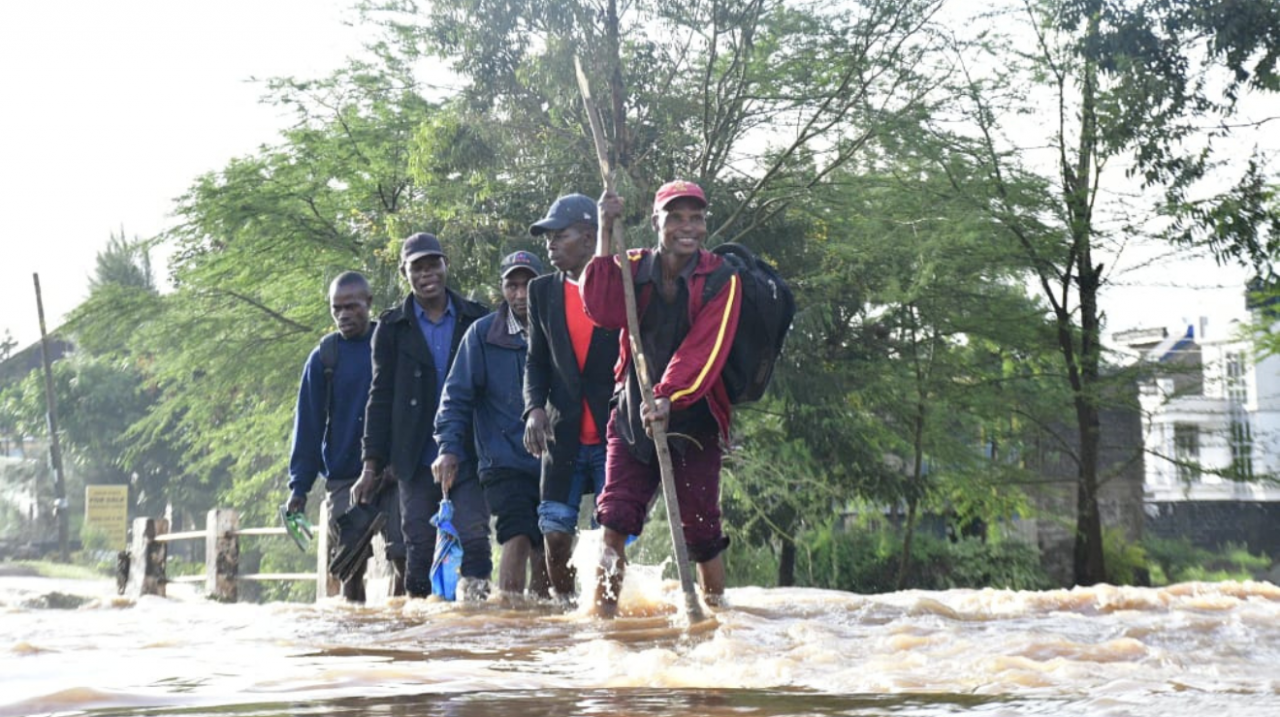
Kenya nairobi flooding – Kenya’s capital city, Nairobi, has been plagued by persistent flooding, posing significant economic, social, and environmental challenges. The city’s unique geographical location, coupled with urbanization and climate change, has exacerbated the problem, leaving residents and authorities struggling to find lasting solutions.
Nairobi’s low-lying areas, inadequate drainage systems, and encroaching settlements on wetlands have contributed to the severity of flooding. The city’s rapid population growth and unplanned urbanization have further strained infrastructure, leading to increased runoff and overwhelmed drainage systems.
Background and Context: Kenya Nairobi Flooding

Flooding has been a recurring problem in Kenya, particularly in the capital city of Nairobi. The city’s geographical location and rapid urbanization have contributed to the increased frequency and severity of flooding events.
Nairobi is situated in a valley surrounded by hills, which restricts the flow of water during heavy rainfall. The city’s infrastructure, including drainage systems and roads, is often inadequate to handle the volume of water, leading to flooding.
Urbanization has also played a significant role in exacerbating flooding in Nairobi. The city’s population has grown rapidly in recent years, putting pressure on land and resources. The expansion of informal settlements, often built on floodplains or in areas with poor drainage, has increased the vulnerability of communities to flooding.
Impacts of Flooding
Flooding in Nairobi has had devastating economic, social, and environmental consequences.
Flooding can damage infrastructure, disrupt businesses, and lead to job losses. The city’s economy is heavily reliant on tourism, and flooding can deter tourists from visiting, resulting in lost revenue.
Flooding can also have severe social impacts. It can displace people from their homes, destroy their belongings, and lead to the spread of waterborne diseases. Flooding can also disrupt access to essential services, such as healthcare and education.
The environmental impacts of flooding can also be significant. Flooding can pollute water sources, damage ecosystems, and contribute to climate change.
Mitigation and Adaptation Strategies
The government of Kenya has taken steps to mitigate flooding in Nairobi. These measures include:
- Improving drainage systems
- Constructing flood control structures
- Implementing flood warning systems
Local communities have also taken measures to adapt to flooding. These measures include:
- Building flood-resistant homes
- Developing community-based flood preparedness plans
- Planting trees to absorb rainwater
Several successful flood mitigation and adaptation projects have been implemented in Nairobi. These projects have included:
- The construction of the Nairobi Dam, which has reduced flooding in the city center
- The establishment of the Nairobi River Basin Flood Management Authority, which coordinates flood management efforts
- The implementation of a community-based flood warning system in the Mathare Valley
Future Projections and Challenges, Kenya nairobi flooding
Climate change is expected to increase the frequency and severity of flooding in Nairobi. The city is projected to experience more intense rainfall events, which will put additional strain on infrastructure and communities.
Nairobi faces several challenges in managing future flooding risks. These challenges include:
- Inadequate funding for flood mitigation measures
- Lack of coordination between different stakeholders
- Resistance to relocation from flood-prone areas
To address these challenges, Nairobi needs to develop a comprehensive flood management plan that includes:
- Investing in flood mitigation infrastructure
- Improving coordination between stakeholders
- Educating communities about flood risks and encouraging them to relocate from flood-prone areas
Conclusive Thoughts

Addressing Nairobi’s flooding crisis requires a multifaceted approach. The government, local communities, and international organizations must collaborate to implement sustainable flood mitigation and adaptation strategies. By investing in infrastructure, promoting sustainable urban planning, and raising awareness, Nairobi can work towards a future where flooding is no longer a persistent threat.
Question Bank
What are the main causes of flooding in Nairobi?
Nairobi’s flooding is primarily caused by a combination of geographical factors, urbanization, and inadequate drainage infrastructure.
How does flooding impact Nairobi’s economy?
Flooding can cause significant economic losses due to damage to property, disruption of businesses, and loss of productivity.
What measures are being taken to mitigate flooding in Nairobi?
The government and local communities are implementing various measures, including improving drainage systems, restoring wetlands, and promoting sustainable urban planning.





